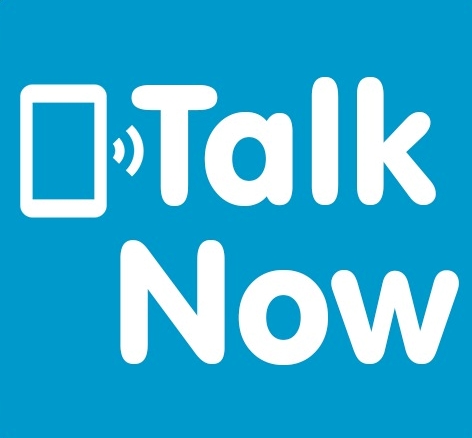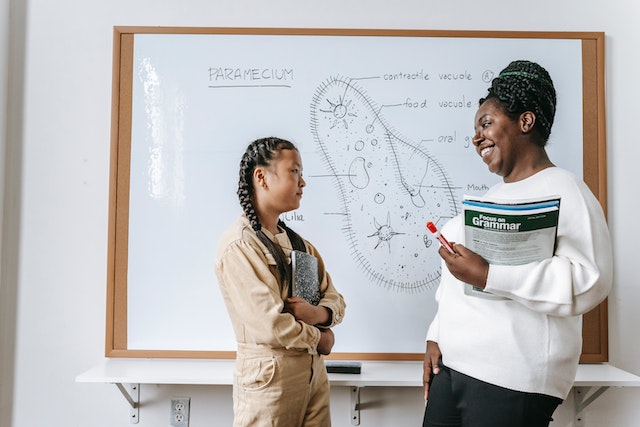MEANING
Conjunctions connect/join other words and phrases. Two parts of the same sentence that is joined by a short word of a conjunction. In our daily conversation, we use the word ‘and’ which is a very common conjunction.
CONJUNCTION EXAMPLES
- Salt and sugar
- I like beans and you don’t like beans.
- With the moon and the stars.
And, but, or, nor, yet, for, so, although, because, unless, since are some other common conjunctions to be used.
- Kevin and Jack went to school.
- The day was sunny, but we didn’t go to the swimming pool.
TYPES OF CONJUNCTIONS
COORDINATING CONJUNCTION
Coordinating Conjunction connects two parts of sentence that is grammatically balanced. It could be a single word or a clause. Along with the Coordinating Conjunction, you will also see Subordinating Conjunctions coming at the start of a subordinate clause. A coordinating conjunction is placed in between the word/clause that it connects. If the coordinating conjunction joins two independent clauses, then make sure that a comma is added.
The seven Coordinating Conjunctions are: And, but, nor, or, yet, for, so.
SUBORDINATING CONJUNCTION
A Subordinating Conjunction connects a subordinate dependent clause and a main clause. A dependent clause will be joined with an independent clause. A Subordinating Conjunction will always be seen at the beginning of a subordinate clause. Some of the common subordinating conjunctions are:
After, as, although, before, because, if, how, since, once, that, than, till, though, until, where, when, while, whether
The basic pattern of the conjunctions are Single word (but, and, also, because, although), Compound (provided that, in order that, provided that), and Correlative (so that..).
Quiz | Conjunctions













